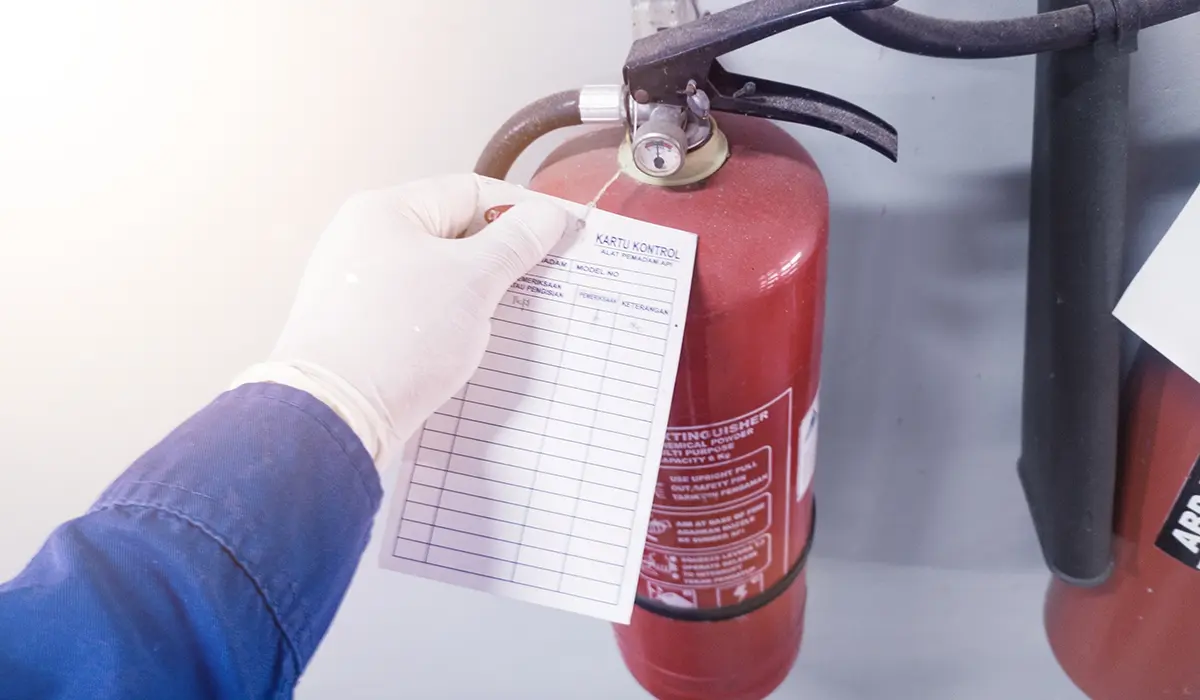How Long Does a Fire Extinguisher Actually Last?
A fire extinguisher is a critical safety device that can mean the difference between a small blaze and a catastrophic fire. But how long does a fire extinguisher actually last? The answer isn’t as straightforward as you might think.
The Lifespan of a Fire Extinguisher
While there’s no definitive “expiration date” for fire extinguishers, their effectiveness and safety can diminish over time. Several factors influence their lifespan:
- Type of Extinguisher: Different types of extinguishers have varying lifespans. For instance, dry chemical extinguishers typically last longer than water-based ones.
- Maintenance: Regular inspections, maintenance, and recharging are crucial for extending the life of your extinguisher.
- Storage Conditions: Exposure to extreme temperatures, humidity, or physical damage can accelerate deterioration.
General Lifespan Guidelines
Here are some general guidelines for fire extinguisher lifespan:
- Disposable Fire Extinguishers: These typically have a lifespan of 10-12 years. After this period, they should be replaced entirely.
- Rechargeable Fire Extinguishers: These can last much longer with proper care. They usually require hydrostatic testing every 5-12 years, depending on the type and size. This test ensures the cylinder’s integrity. Between tests, annual inspections and recharging are essential.
Understanding the Components
To appreciate the lifespan of a fire extinguisher, it’s helpful to understand its components:
- Cylinder: This is the container that holds the extinguishing agent. It’s typically made of steel or aluminium and is subject to pressure.
- Extinguishing Agent: This is the substance used to suppress the fire. It can be water, foam, dry chemical, carbon dioxide, or other agents.
- Hose and Nozzle: These deliver the extinguishing agent to the fire.
- Pressure Gauge: This indicates the extinguisher’s pressure level.
Each component has its own lifespan and maintenance requirements. For example, the hose can deteriorate over time due to exposure to heat, sunlight, and chemicals. The pressure gauge might become inaccurate, and the extinguishing agent can lose its effectiveness.
Maintenance is Key
Regular maintenance is essential to ensure your fire extinguisher is ready when you need it. The National Fire Protection Association (NFPA) recommends the following:
- Annual Inspections: Visual inspections should be conducted at least once a year. Check for signs of damage, corrosion, leaks, or obstructions.
- Hydrostatic Testing: This is a pressure test performed on the cylinder to check for structural integrity. The frequency depends on the extinguisher type and size.
- Recharging: If the extinguisher is used or the pressure drops below the specified level, it must be recharged by a qualified technician.
Signs of Wear and Tear
There are several indicators that your fire extinguisher may be nearing the end of its life or requires maintenance:
- Corrosion: Look for rust or pitting on the cylinder or other components.
- Damage: Check for dents, cracks, or other physical damage.
- Leaks: Inspect for any signs of leakage around the hose, nozzle, or cylinder.
- Low Pressure: A pressure gauge below the recommended level indicates the need for recharging.
- Agent Contamination: If the extinguishing agent is contaminated or has changed colour, it may be ineffective.
While fire extinguishers don’t have a specific expiration date, their effectiveness and safety depend on proper maintenance and storage. By understanding the different components, following inspection guidelines, and being aware of signs of wear and tear, you can ensure your fire extinguisher is ready to protect you and your property when needed.
Remember: Always prioritise fire prevention measures, such as regular cleaning, proper electrical wiring, and safe cooking practices. A fire extinguisher is a last resort, not a primary defence against fire.
For more information on How Long Does a Fire Extinguisher Actually Last contact Total Safe UK.

